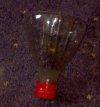Comprehensive Guide to Hatching and Raising Brine Shrimp
Quick Links
- Brief Description
- What are Brine Shrimp?
- Nutritional Value of Brine Shrimp
- Hatching Methods
- Water Parameters for Hatching and Raising Brine Shrimp
- Raising Brine Shrimp
- Detailed Feeding Schedule
- Feeding and Care
- How to Enrich Brine Shrimp
- Using Brine Shrimp in Breeding and Fry Rearing
- DIY Hatchery Guide
- Alternative Feeding Options for Brine Shrimp
- Common Mistakes and Troubleshooting
- Storage and Preservation of Brine Shrimp Eggs
- FAQs
Brief Description
This comprehensive guide provides detailed instructions on how to hatch and raise brine shrimp. Whether you are looking to provide high-quality nourishment for your fish or simply fascinated by raising brine shrimp, this guide covers all aspects including different hatching methods, setting up a DIY hatchery, and caring for these tiny crustaceans as they grow. Learn the essentials and advanced tips for a successful brine shrimp hatchery.
What are Brine Shrimp?
Brine shrimp (Artemia) are small crustaceans that have been around since the Triassic period. They thrive in salt lakes rather than oceans, feeding on bacteria and algae. Due to their high nutritional value, brine shrimp are popular as live food for fish, especially in their nauplii (larval) stage. In their natural habitat, they are free from most predators, allowing them to flourish. In aquariums, they are used primarily as a high-nutrition food source for fish fry and adult fish, but they can also be raised to adulthood as pets.
Nutritional Value of Brine Shrimp
Brine shrimp are an excellent source of protein, essential fatty acids, and other nutrients, making them an ideal live food for fish. They contain about 50-60% protein in their nauplii stage, which is crucial for the growth and development of fish fry. Enriching brine shrimp with additional nutrients, such as vitamins and minerals, can further enhance their nutritional value.
Hatching Methods
How to Hatch Brine Shrimp Eggs Using a Hatchery
-
Start by setting up your hatchery. Connect the big air tube to the bottom of the hatchery cone and attach the L-type air valve to an air pump.

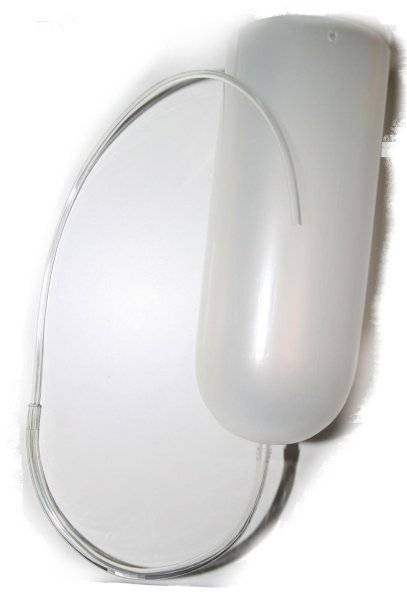
-
Suspend the hatchery cone using the attached rope. Turn on the air pump and fill the cone with 2 liters of water (approximately 0.53 US gallons or 0.44 Imperial gallons). Adjust aeration using the L-type air valve.
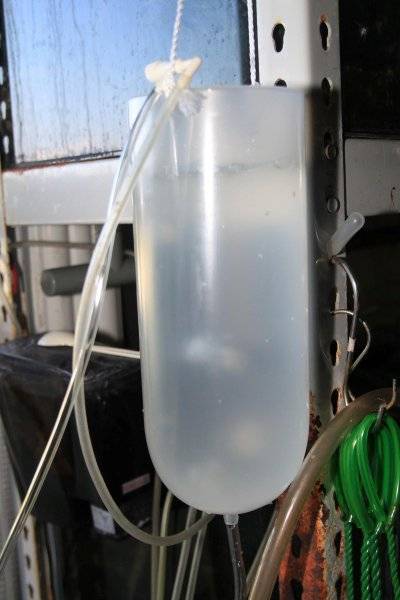
-
Add salt to the water, using a marine salt without iodine. Use the larger spoon provided to add one level spoonful of salt into the water.
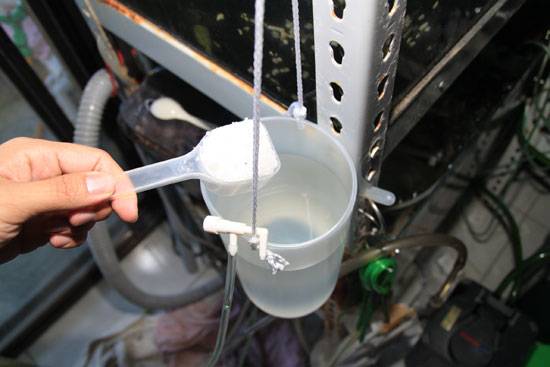

-
Add the brine shrimp eggs to the hatchery. Use the smaller spoon to measure 8 spoons of eggs for 2 liters of hatching water (approximately 0.53 US gallons or 0.44 Imperial gallons).
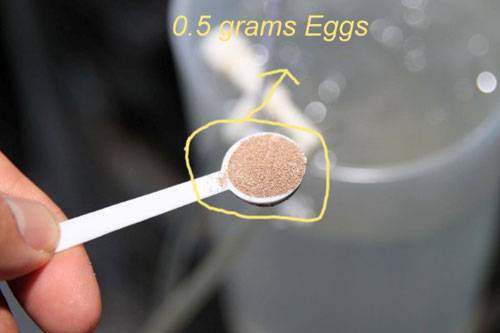

-
Depending on the water temperature, the eggs will hatch in approximately 18-36 hours. Harvest the newly hatched nauplii by turning off the air pump and using a light to attract them to the bottom of the cone.
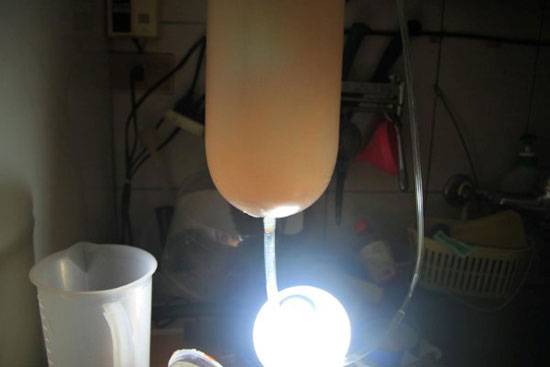
DIY Brine Shrimp Hatchery
You can make a brine shrimp hatchery using simple materials like a 2-liter soda bottle (approximately 0.53 US gallons or 0.44 Imperial gallons) and a polystyrene tile. Cut the bottle just above the label, float the bottle in your tank using the tile, and add an air tube to create a gentle bubble. Add marine salt and brine shrimp eggs, then wait 18-24 hours for the eggs to hatch. This method takes advantage of the tank's built-in heater and lighting system, making it an inexpensive and efficient hatchery setup.
Water Parameters for Hatching and Raising Brine Shrimp
For successful hatching, maintain the water temperature between 25-28°C (77-82°F). The salinity should be around 1.021 specific gravity. Keep the pH in the range of 7.5-8.5 for optimal hatching rates. Slight fluctuations in these parameters can significantly impact the success of hatching and the overall health of the shrimp.
Raising Brine Shrimp
Once the brine shrimp have hatched, they enter the nauplii stage. Initially, they feed on their yolk sac, but within 12 hours, they require additional food. Brine shrimp are filter feeders, so they need finely ground food sources like phytoplankton or finely sieved egg yolk. Over about 8 days, they will molt and grow into adult shrimp.
To grow brine shrimp to adulthood, you can use a larger tank setup. Prepare a 45-liter tank (10 Imperial gallons or approximately 12 US gallons) with a divider and blackout one side. Use a saltwater mix with a salinity of 1.021 and provide an air supply to keep the eggs suspended. After hatching, the shrimp will move toward the light, making them easy to siphon into the growing area of the tank.
Detailed Feeding Schedule
Feed brine shrimp twice daily with small amounts of food to avoid fouling the water. For newly hatched nauplii, offer food like finely sieved egg yolk or commercial liquid fry food. As they grow, introduce more substantial food sources like phytoplankton, spirulina powder, or specialized brine shrimp feed. Avoid overfeeding, as this can lead to poor water quality and affect the health of the brine shrimp. Observe their behavior to adjust feeding amounts; a healthy brine shrimp colony will actively feed and display a vibrant coloration.
Feeding and Care
When feeding brine shrimp to your fish, turn off the air supply and allow the brine shrimp to settle. Use a syringe to siphon out the nauplii, ensuring you avoid excess salt and egg shells. Brine shrimp are highly nutritious and make an excellent food for fish fry and adult fish, but they should be fed in moderation to prevent digestive issues and maintain tank water quality.
To maintain a healthy brine shrimp colony, provide a consistent diet and monitor water conditions regularly. Perform partial water changes as needed to prevent ammonia build-up and provide adequate aeration to keep the water oxygen-rich.
How to Enrich Brine Shrimp
Enrich brine shrimp by gut-loading them with nutritious feeds like spirulina powder or specialized enrichment formulas. This process involves feeding the brine shrimp a nutrient-rich diet before offering them to your fish, boosting the nutritional value of the shrimp. Enrichment is especially important when using brine shrimp as a primary food source for delicate or high-maintenance fish species.
Using Brine Shrimp in Breeding and Fry Rearing
Brine shrimp nauplii are ideal for feeding fish fry due to their small size and high protein content. They promote healthy growth and enhance the survival rates of the fry. Incorporate brine shrimp into your breeding and rearing regimen by feeding them to newly hatched fry multiple times a day. For adult fish, enriched brine shrimp can be used as an occasional treat to boost their diet.
DIY Hatchery Tips
Constructing a DIY brine shrimp hatchery is cost-effective and simple. Use common household items such as a plastic bottle, air pump, and marine salt. Adjust the setup according to your needs, and experiment with different methods to find what works best for your aquarium.
Advantages of a DIY hatchery include cost savings and flexibility. It allows you to control the hatching environment, ensuring that you have a steady supply of live food for your fish. However, it requires regular maintenance to ensure a clean and healthy environment for the shrimp.
Alternative Feeding Options for Brine Shrimp
If traditional food sources like phytoplankton are not available, consider alternative feeds like liquid fry food, powdered spirulina, or even finely ground commercial fish food. Ensure the food is fine enough for the brine shrimp to consume, as they are filter feeders that rely on microscopic particles. Regularly monitor water quality and adjust feeding as necessary to maintain a healthy colony.
Common Mistakes and Troubleshooting
Avoid common pitfalls such as using chlorinated water, which can kill brine shrimp. Ensure the salinity and temperature are within the recommended ranges, as deviations can result in poor hatch rates or unhealthy shrimp. If hatching success is low, check for stale or improperly stored eggs, as they can lose viability over time. Additionally, poor aeration can lead to low oxygen levels, affecting the shrimp's health and growth. Consider using a separate tank for hatching if you notice frequent failures in a community tank setup.
Storage and Preservation of Brine Shrimp Eggs
Store brine shrimp eggs in a cool, dry place to maintain their viability. Use airtight containers to prevent moisture from affecting the eggs. Decapsulated eggs have a shorter shelf life than cysts, so use them within the recommended time frame for the best hatching results. Properly stored eggs can remain viable for years, ensuring a reliable supply for your hatchery.
FAQs
- Can brine shrimp survive in a freshwater tank?
No, brine shrimp require a saline environment to survive and thrive. Freshwater will cause them to die quickly.
- How long do brine shrimp live?
Brine shrimp typically live up to 1 year in ideal conditions. However, they are often used as food in their nauplii stage within the first 24-48 hours of hatching.
- Can I keep brine shrimp as pets?
Yes, brine shrimp can be kept as pets and grown to adulthood. They require a saltwater tank, regular feeding, and water quality maintenance to thrive.
- Why are my brine shrimp not hatching?
Check the water salinity, temperature, and egg viability. Improper conditions can lead to low hatch rates.

